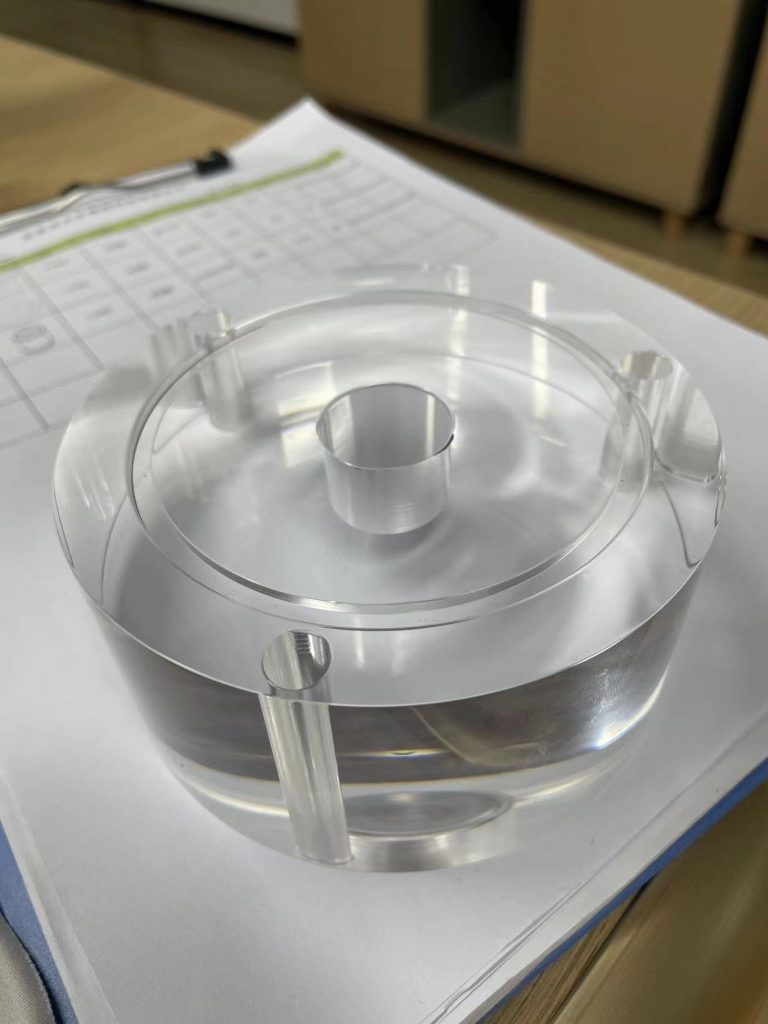Acrylic, also called plexiglass, is derived from the English acrylic plastic, and its chemical name is polymethylmethacrylate. It is an important plastic polymer material that was developed earlier and is widely used in the construction industry. Acrylic is one of the most commonly used materials in prototyping. Due to its transparent properties, it can be used as a substitute material for glass in many parts. So let’s take a look at the characteristics and advantages of acrylic materials.

Characteristics of acrylic material
Physical properties of acrylic material
PMMA has a lower density than glass. The density of PMMA is approximately 1.15-1.19 g/cm3, which is half that of glass (2.40-2.80 g/cm3).
PMMA has high mechanical strength. The relative molecular mass of PMMA is about 2 million. It is a long-chain polymer, and the chains forming the molecules are very soft. Therefore, PMMA has relatively high strength, and its tensile and impact resistance is 7 to 18 times higher than that of ordinary glass. times.
PMMA has a lower melting point. The melting point of PMMA is about 130–140°C, which is much lower than the high temperature of glass, which is about 1000 degrees.
PMMA has higher light transmittance
a. Visible light: PMMA is currently the best polymer transparent material, with a light transmittance of 92%, which is higher than that of glass.
b. Ultraviolet light: PMMA can effectively filter ultraviolet light with a wavelength less than 300nm, but the filtering effect is poor between 300nm and 400nm.
c. Infrared ray: PMMA allows infrared ray (IR) with a wavelength less than 2800nm to pass through. Longer wavelength IR, less than 25000nm, can basically be blocked. There are special colored PMMAs that can transmit specific wavelengths of IR while blocking visible light.
The glass transition temperature of PMMA is approximately 105°C.
Chemical properties of acrylic materials
Due to its larger branched chains, polymethylmethacrylate has a higher viscosity and therefore slower processing speeds when using thermal processing methods.
Cyanoacrylate, methylene chloride or chloroform can all slightly dissolve plexiglass, and then two pieces of plexiglass can be firmly bonded together.
To produce 1Kg of PMMA, approximately 2Kg of oil is required. In the presence of oxygen, PMMA begins to burn at 458°C and generates carbon dioxide, water, carbon monoxide and some low molecular compounds including formaldehyde.
Advantages of acrylic material
This article discusses the characteristics and advantages of acrylic materials. If you would like to learn more, please contact a PROTO MFG sales representative.
PROTO MFG provides a wide range of manufacturing capabilities and other value-added services for all of your prototyping and production needs. Visit our website to learn more or to request a free, no-obligation quote.